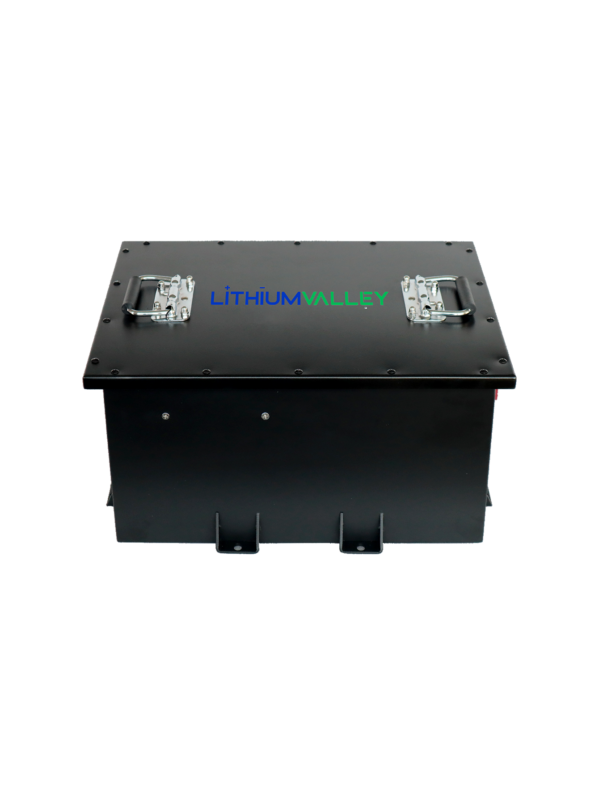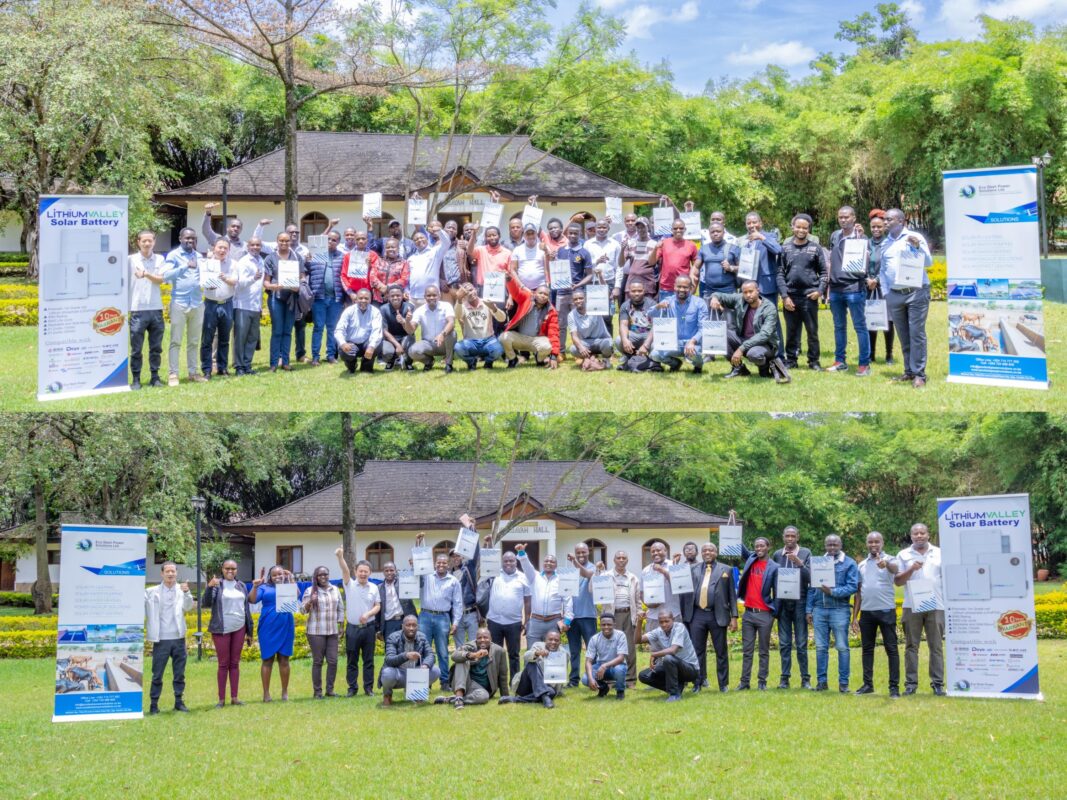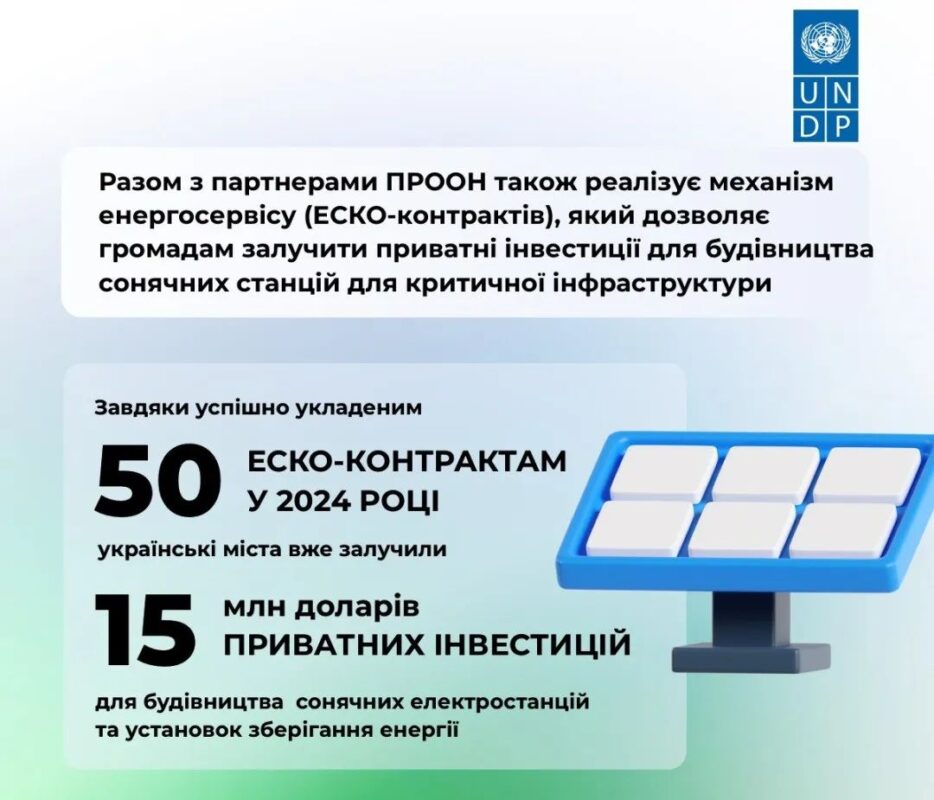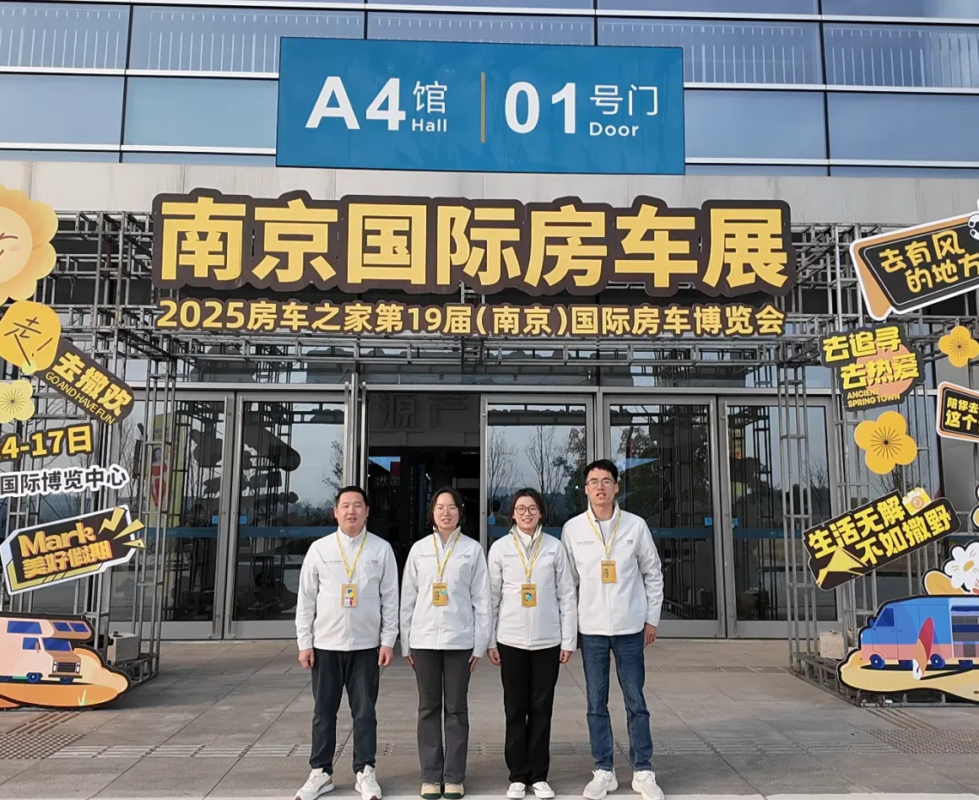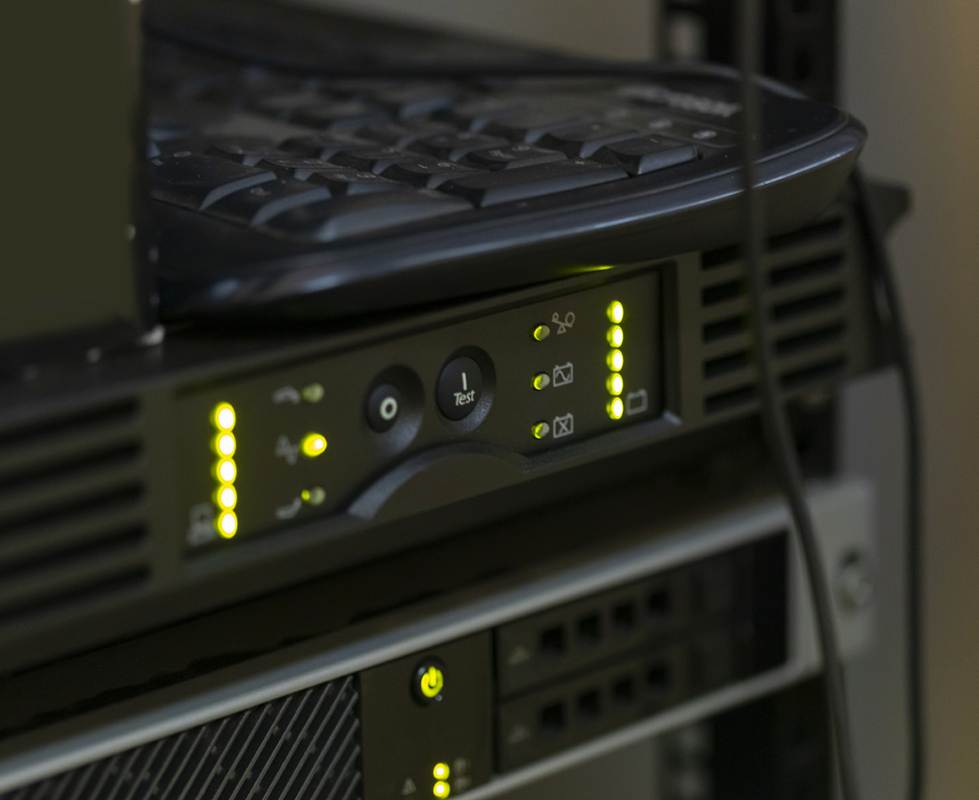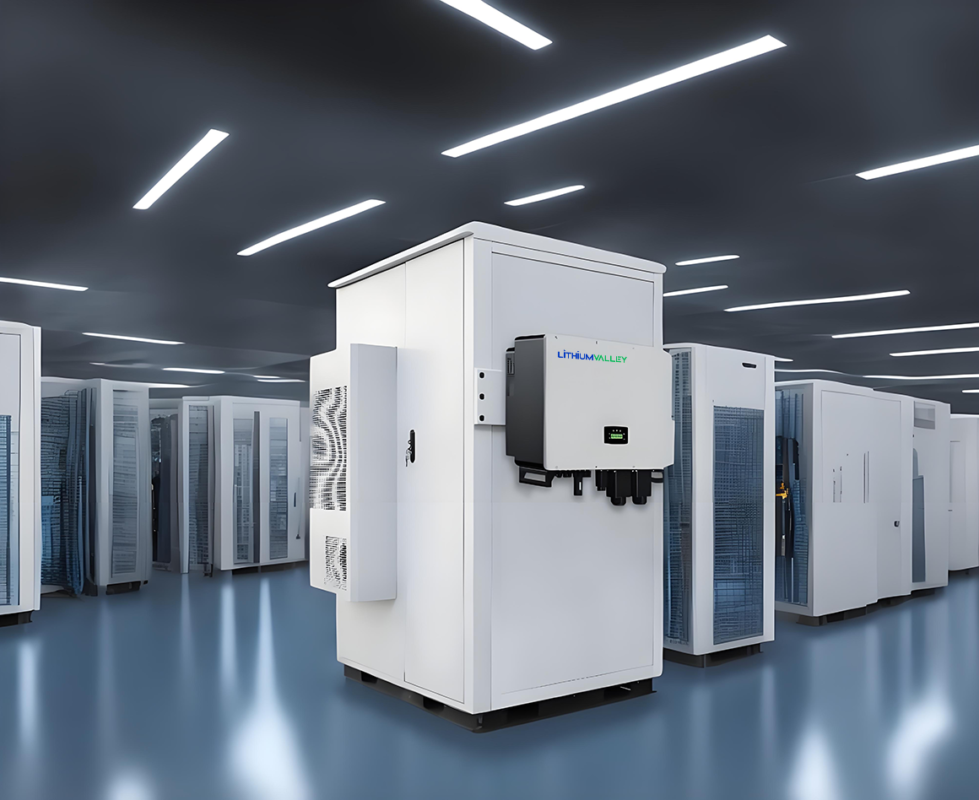In today’s rapidly evolving energy landscape, the traditional model of centralized power generation is facing significant challenges. As the electricity demand continues to surge, driven by the growing adoption of electric vehicles, data centers, and air conditioners, the retirement of conventional power plants is outpacing the construction of new ones. This imbalance has led power companies to explore innovative solutions to balance supply and demand. One such solution that is gaining traction is the concept of virtual power plants (VPPs).
Understanding Virtual Power Plants
A virtual power plant is not a physical facility located in a single site. Rather, it is a cloud-based system that aggregates the capacities of diverse distributed energy resources (DERs) to enhance power generation, trading, and load reduction. These DERs can include solar photovoltaic panels, energy storage systems, electric vehicle chargers, and demand-responsive devices such as water heaters and thermostats. By harnessing the collective power of these resources, grid managers can efficiently balance supply and demand, ensuring a stable and reliable electricity grid.
The Benefits of Virtual Power Plants
Virtual power plants offer numerous advantages over traditional power plants. Firstly, they can be deployed more quickly and cost-effectively, as they leverage existing distributed energy resources rather than relying on the construction of new infrastructure. Additionally, VPPs are cleaner and more sustainable, as they rely on renewable energy sources and enable the integration of more clean energy into the grid. Furthermore, VPPs are resilient against service outages, as the distributed nature of the resources ensures that energy generation and consumption are spread across a wide area.
The Growth of Virtual Power Plants
The adoption of virtual power plants has been steadily increasing, driven by the growing number of homes and businesses integrating rooftop solar panels, batteries, and electric vehicles. The U.S. Department of Energy estimates that there are already 30 to 60 gigawatts of virtual power plants in operation today, with the potential to triple in scale by 2030. This expansion could cover a significant portion of the new capacity needed to meet the growing demand for electricity and replace retiring power plants. Consequently, it can help reduce the cost of building new energy infrastructure and alleviate strain on aging transmission systems.
The Role of Distributed Energy Resources
To understand the functioning of virtual power plants, it is essential to recognize the role of distributed energy resources (DERs). DERs encompass a wide range of assets, including renewable energy generators, energy storage systems, and demand-responsive devices. These resources can be both producers and consumers of electricity, providing flexibility and versatility to the grid.
Solar Photovoltaic Panels
Rooftop solar panels are a key component of virtual power plants. When the sun is shining, these panels generate electricity, which can be used to power homes, businesses, or stored in batteries. By harnessing solar power, consumers can reduce their reliance on the grid and even contribute excess energy back to the system during peak demand periods.
Energy Storage Systems
Energy storage systems, such as batteries, play a crucial role in virtual power plants. They allow for the capture and storage of excess electricity generated by solar panels or other renewable sources. This stored energy can then be utilized during periods of high demand or when renewable energy generation is low. Energy storage systems provide grid operators with the flexibility to balance supply and demand, ensuring a stable and reliable electricity supply.
Electric Vehicle Chargers
Another important component of virtual power plants is electric vehicle (EV) chargers. As EV adoption continues to grow, these chargers can serve as both energy consumers and sources. During off-peak hours, EVs can be charged, utilizing excess electricity generated by renewable sources. Conversely, during periods of high demand, EVs can discharge stored energy back into the grid, reducing strain on the system.
Demand-Responsive Devices
Virtual power plants also rely on demand-responsive devices, such as smart thermostats and water heaters. These devices can modulate their electricity consumption based on grid conditions and price signals. For example, during times of high demand, these devices can reduce their power usage, contributing to load reduction and balancing supply and demand.
The Functioning of Virtual Power Plants
Virtual power plants operate by aggregating and coordinating the distributed energy resources within their network. By leveraging advanced technologies like the Internet of Things (IoT) and artificial intelligence (AI), VPPs can monitor, control, and optimize the generation, storage, and consumption of electricity.
Real-Time Monitoring and Control
The heart of a virtual power plant lies in its control system. This system monitors and coordinates the various assets within the VPP, ensuring efficient operation and response to grid conditions. Real-time data, such as energy generation from solar panels, battery charge levels, and electricity demand, is collected and analyzed to make informed decisions regarding energy allocation and distribution.
Balancing Supply and Demand
One of the primary functions of a virtual power plant is to balance supply and demand. By continuously monitoring the grid’s energy needs, VPPs can adjust the generation and consumption of electricity in real-time. This flexibility allows VPPs to respond to fluctuations in renewable energy generation, varying electricity demand, and grid stability requirements.
Integration with Energy Markets
Virtual power plants can participate in energy markets, trading the electricity generated or stored within their network. By leveraging their aggregated capacity, VPPs can enter into power purchase agreements, sell excess energy to the grid, and provide ancillary services to grid operators. These market interactions enable VPPs to optimize their revenue streams and contribute to the overall efficiency of the electricity market.
Challenges and Opportunities
While virtual power plants offer significant benefits, some challenges need to be addressed for their widespread adoption. One challenge is customer participation and acceptance. Consumers may have concerns about giving up control over their energy usage or the privacy and security of smart metering systems. Overcoming these concerns and ensuring customer engagement will be crucial for the success of VPPs.
Additionally, managing a vast network of distributed energy resources presents operational challenges. Coordinating millions of consumers and their energy consumption patterns requires sophisticated software systems and efficient communication infrastructure. Virtual power plant operators must also incentivize customers to participate in load reduction programs and reward their flexibility in responding to grid conditions.
Despite these challenges, virtual power plants present significant opportunities for the energy industry. They offer a more decentralized and sustainable approach to power generation, enabling the integration of renewable energy sources and reducing reliance on fossil fuels. By leveraging advanced technologies and innovative business models, virtual power plants can help create a more resilient, efficient, and responsive electricity grid.
Conclusion
Virtual power plants represent a paradigm shift in the way electricity is generated, consumed, and managed. By aggregating distributed energy resources and leveraging advanced technologies, VPPs offer a flexible, sustainable, and cost-effective solution to balance supply and demand in the evolving energy landscape. As the world transitions towards clean and renewable energy sources, virtual power plants will play a crucial role in achieving a more resilient, efficient, and decarbonized electricity grid. The future of energy management lies in the power of virtual power plants.

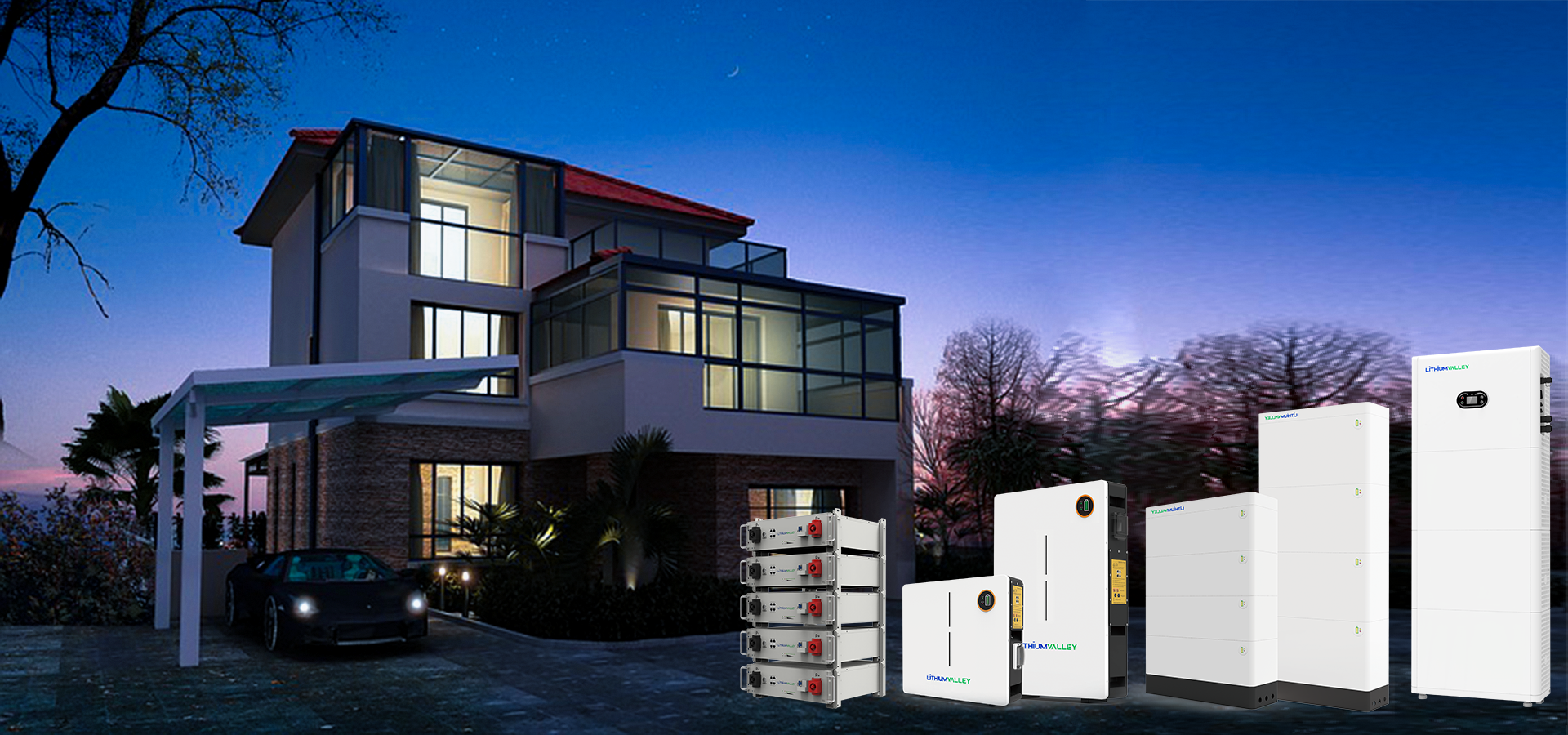
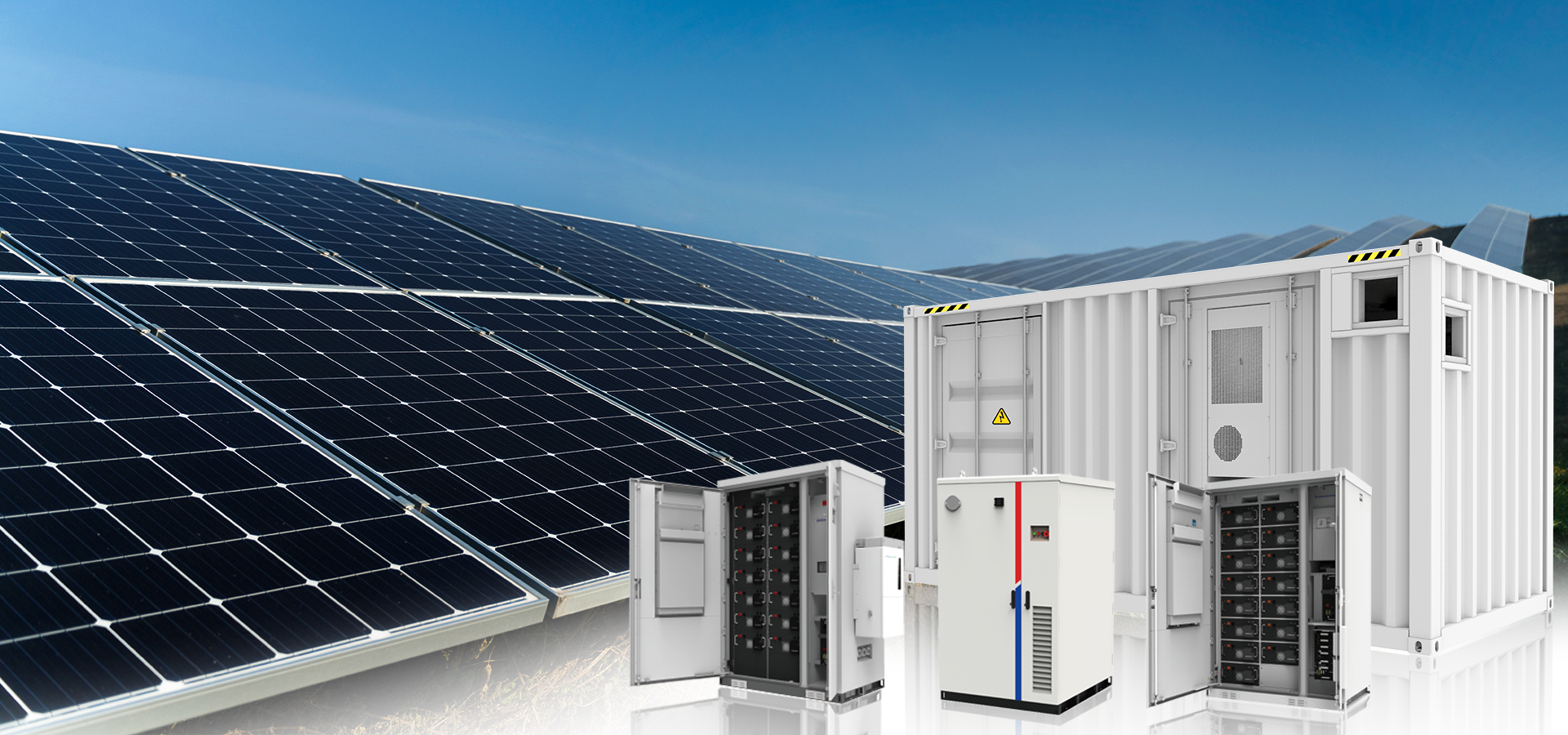
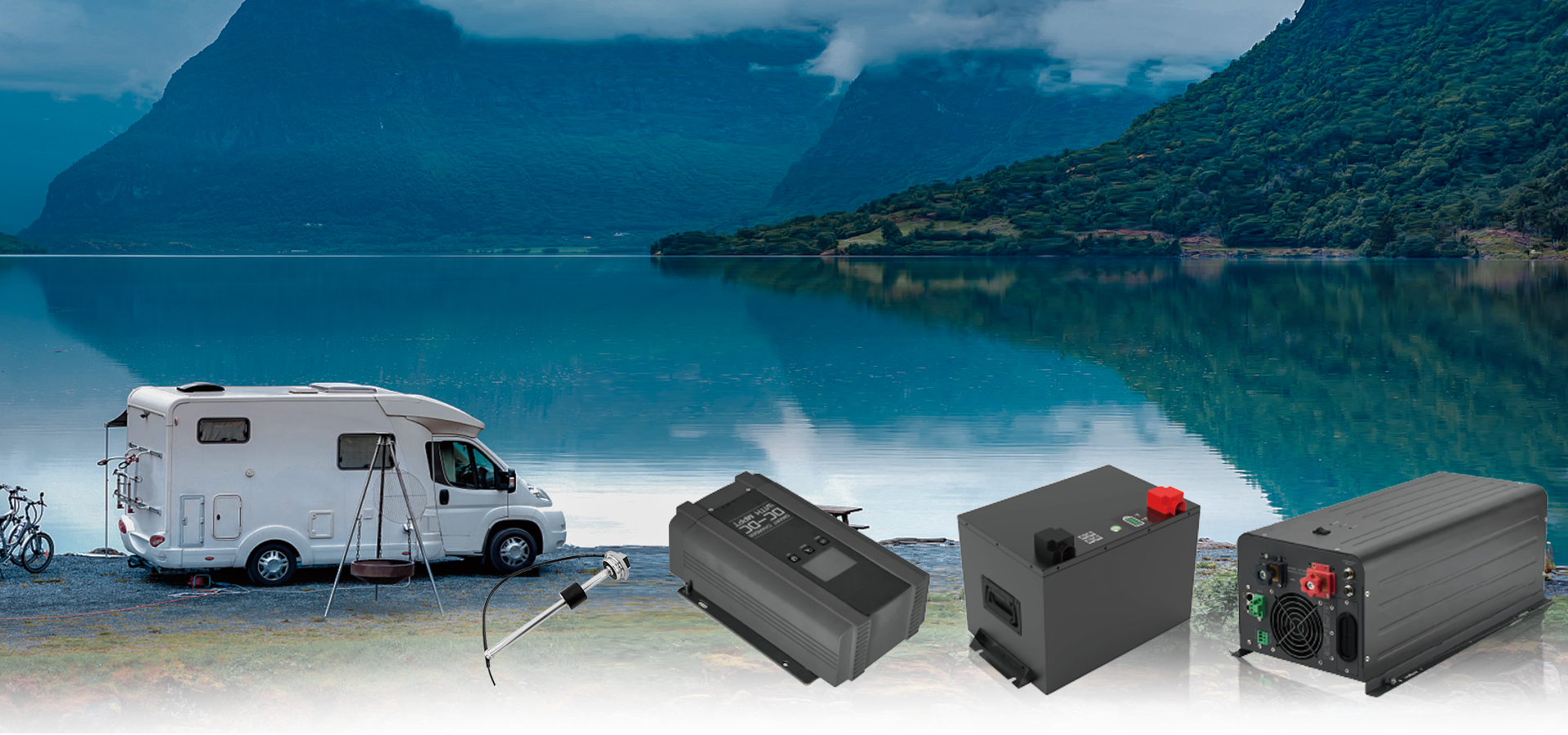
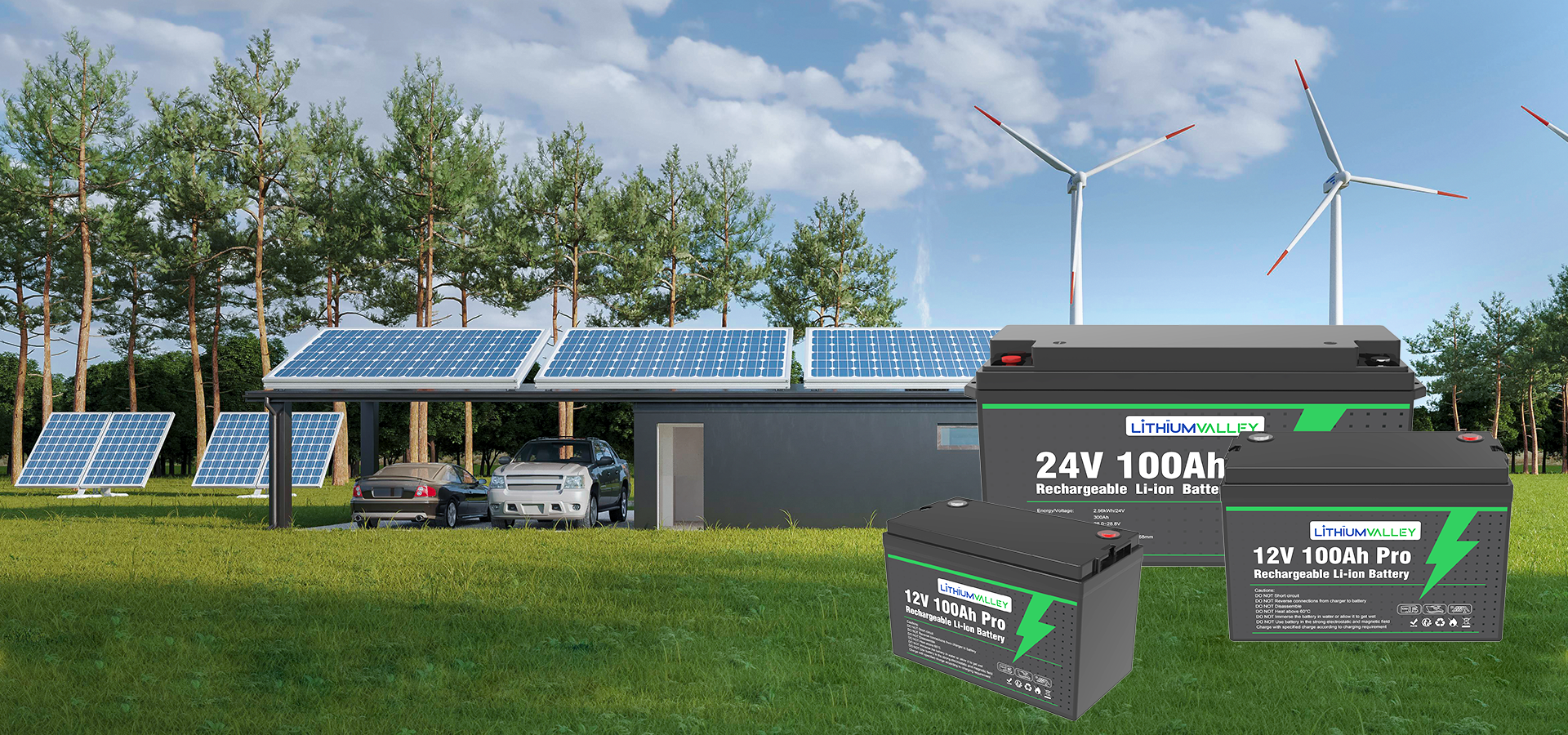

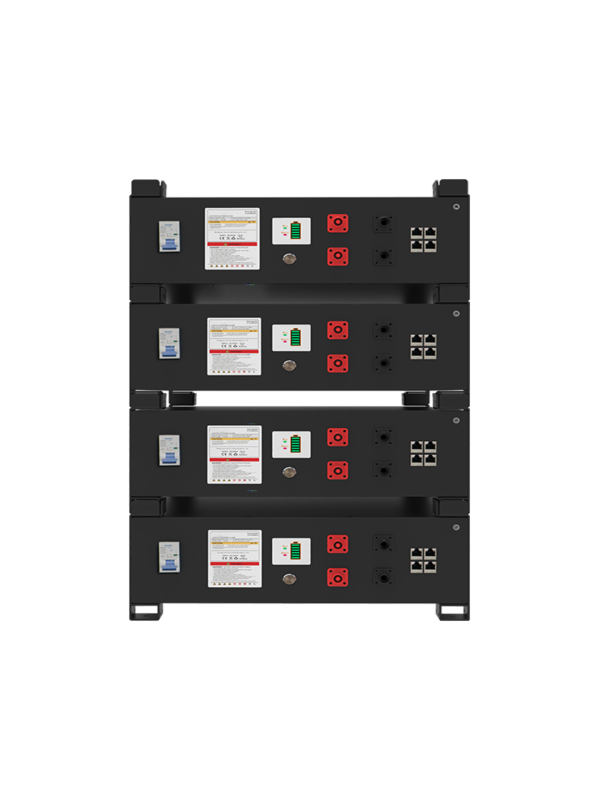
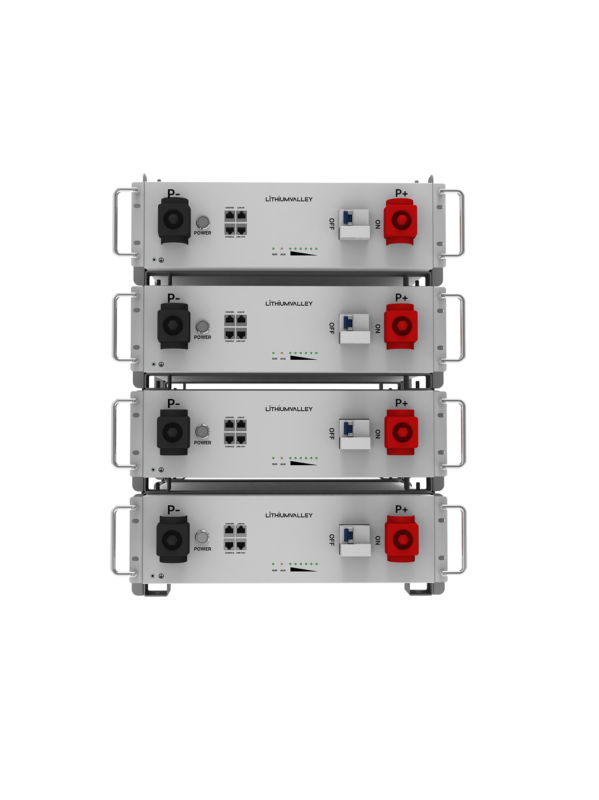
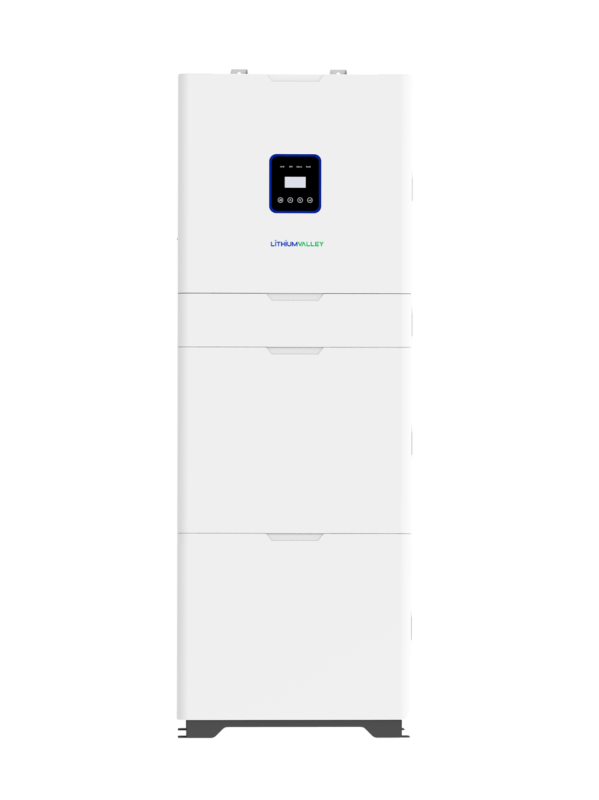
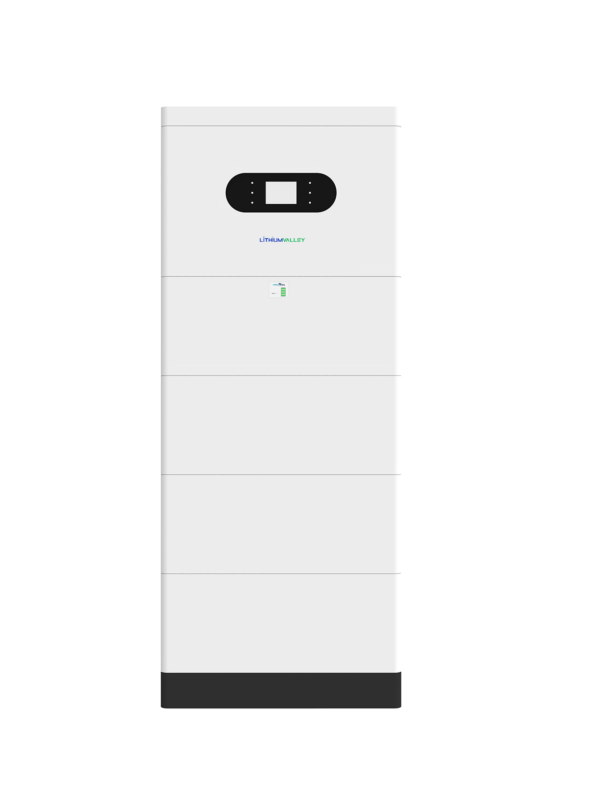
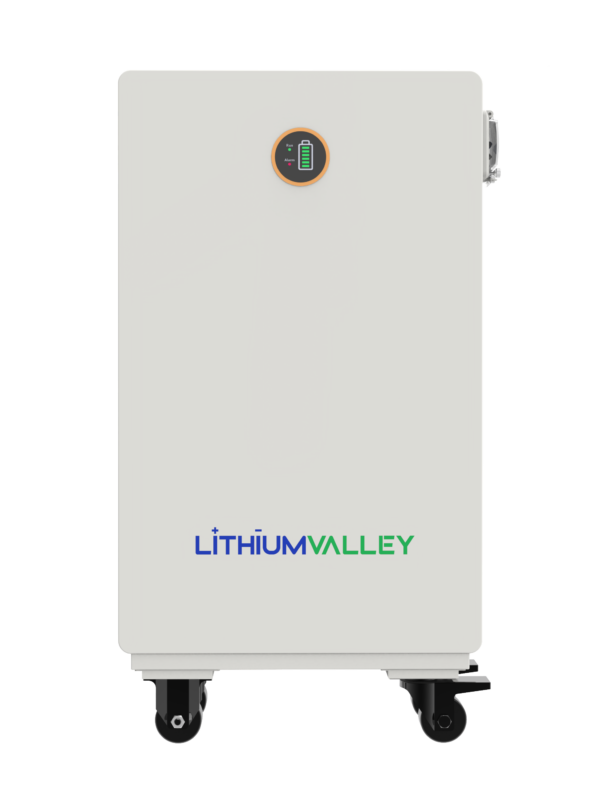

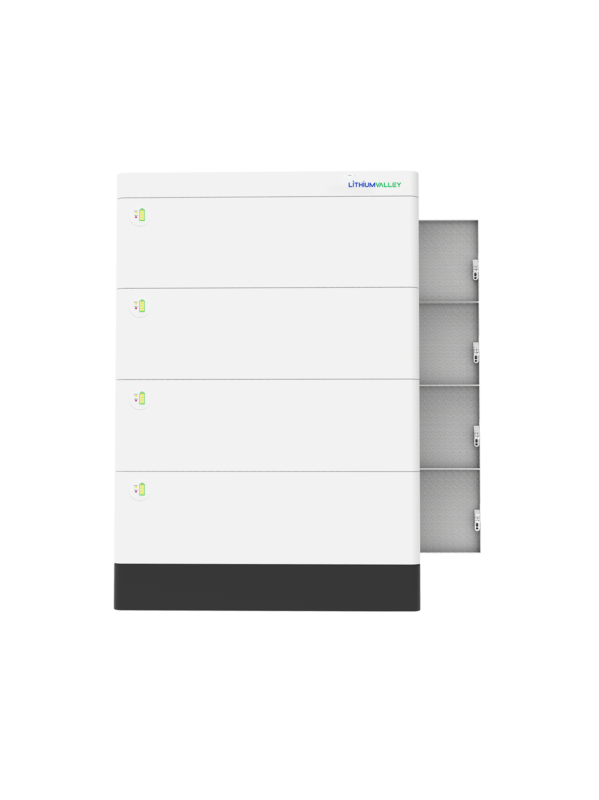
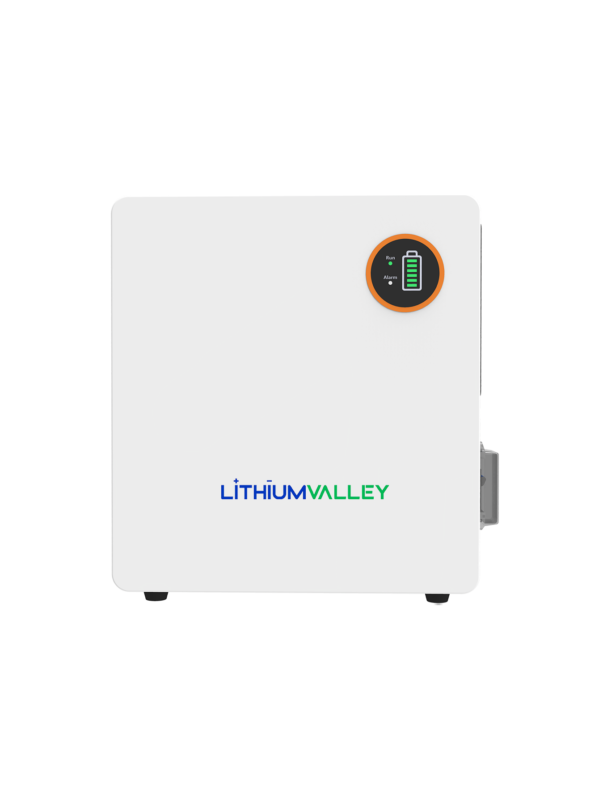

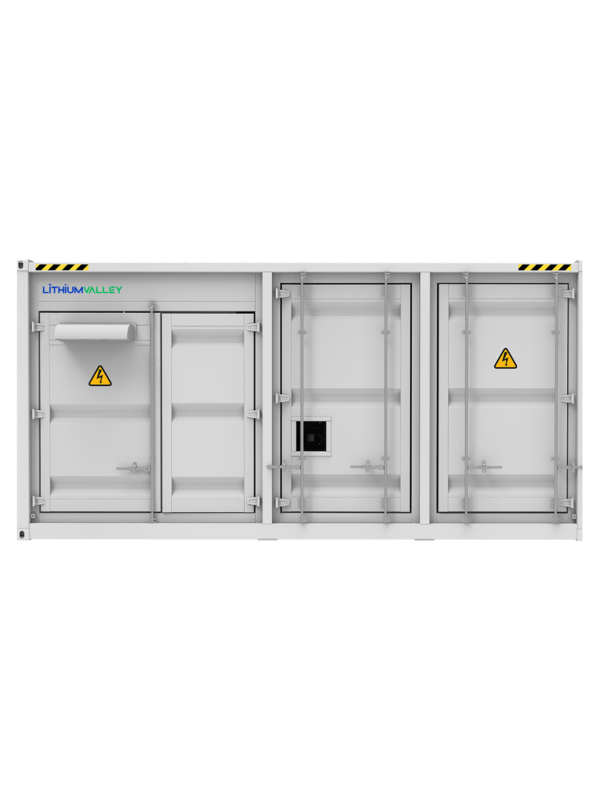
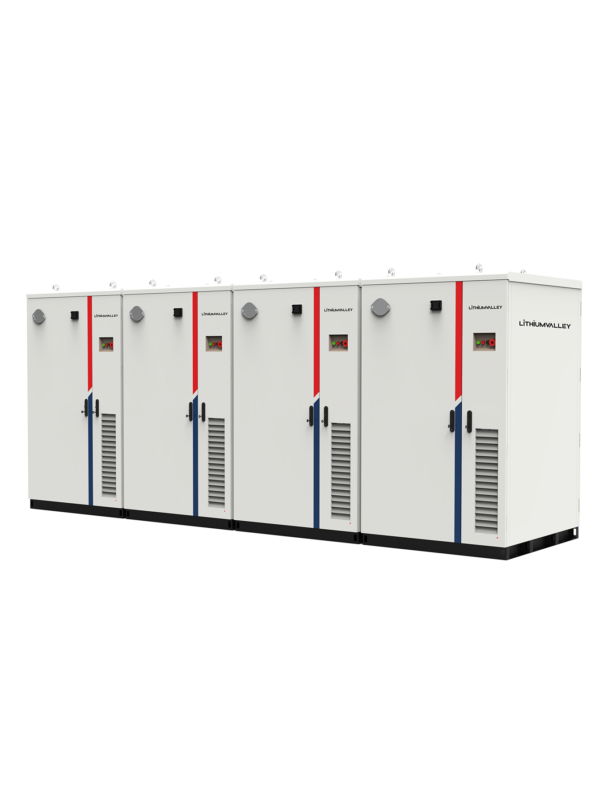
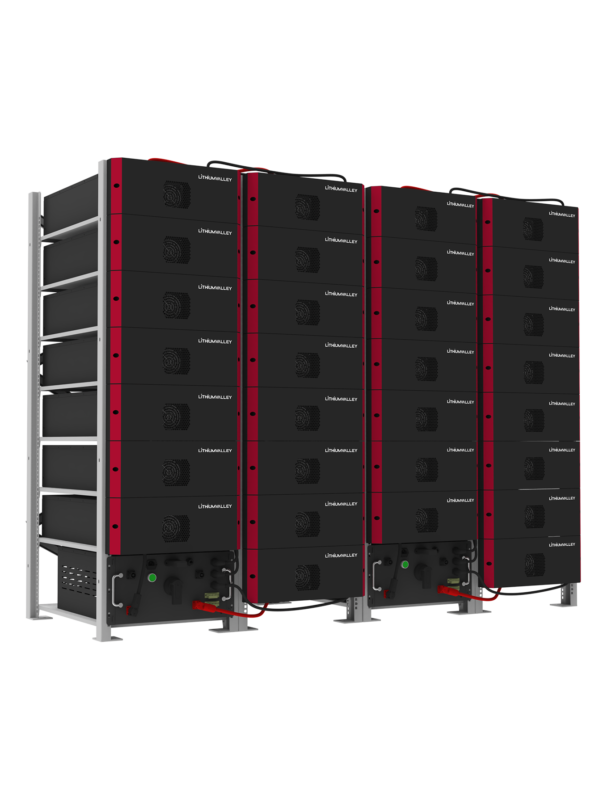
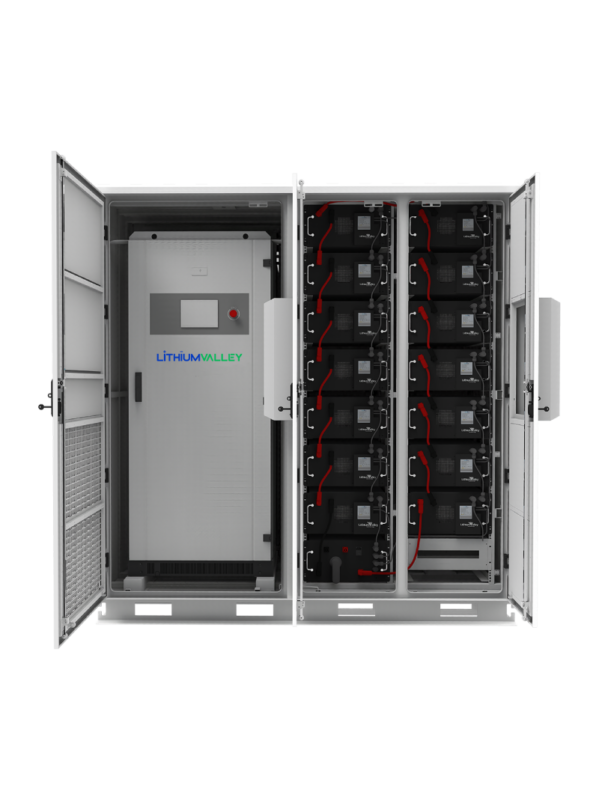
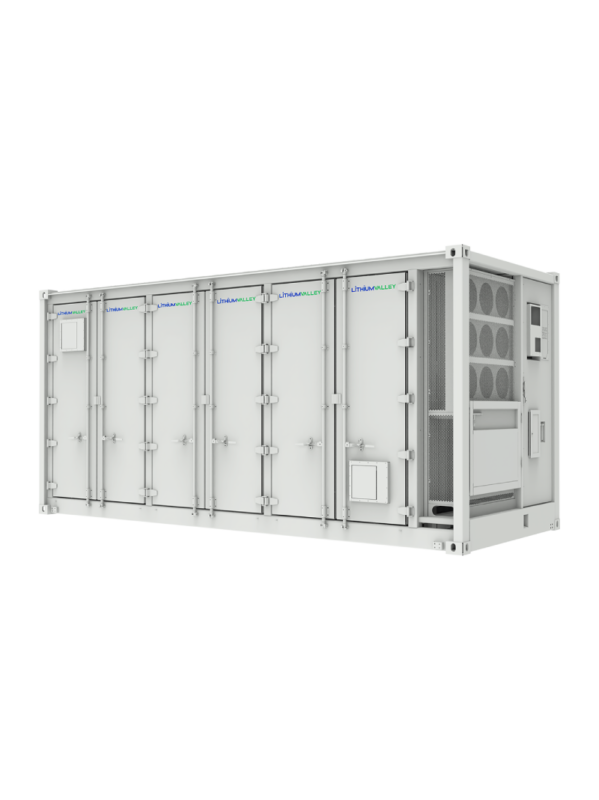
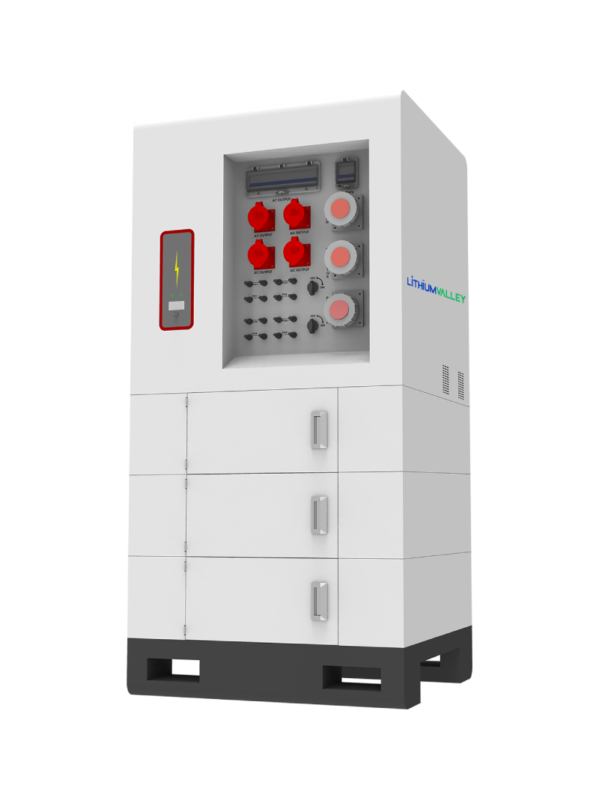
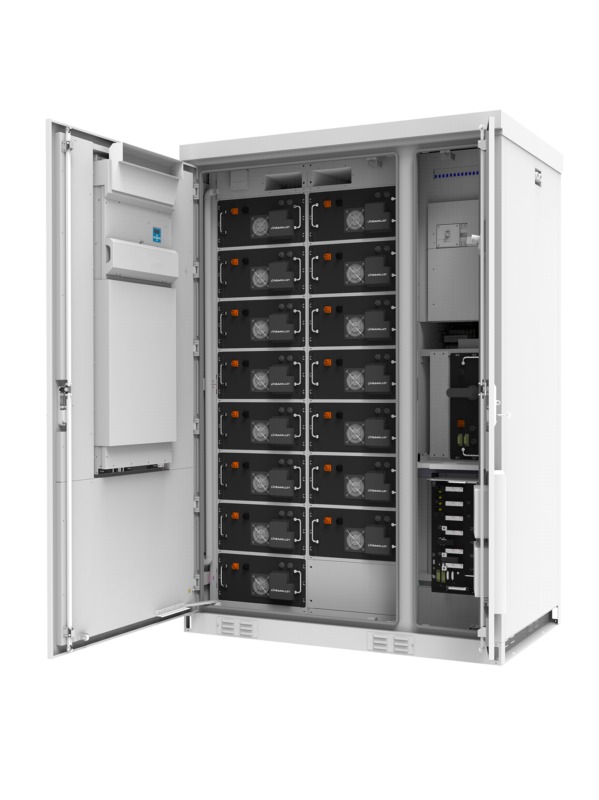
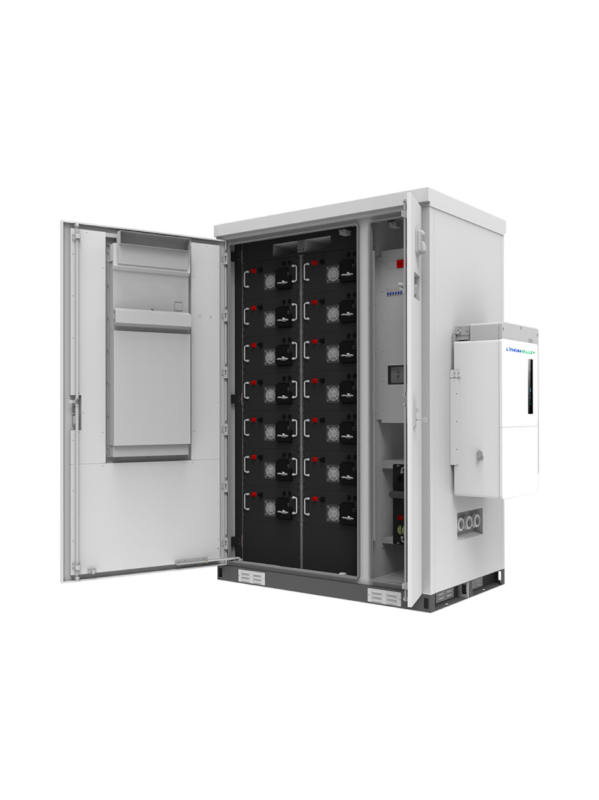
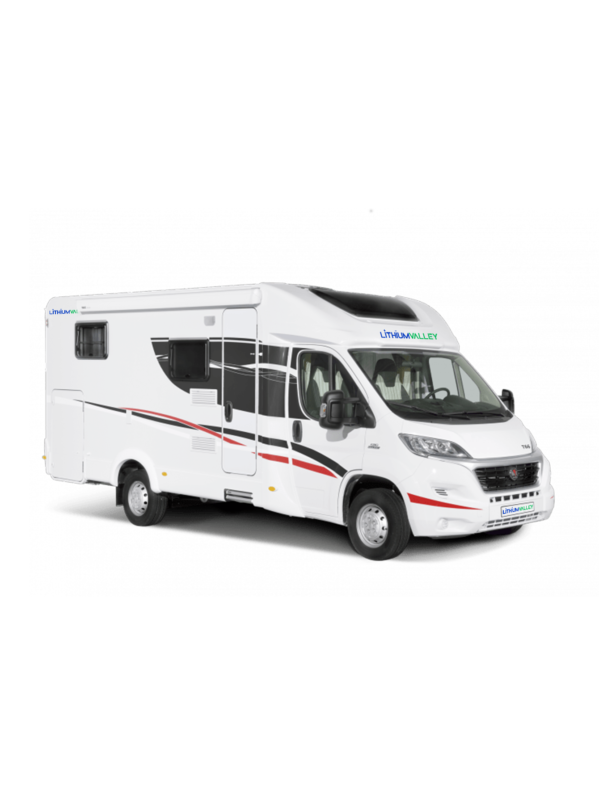
.png)
.png)
.png)
.png)
